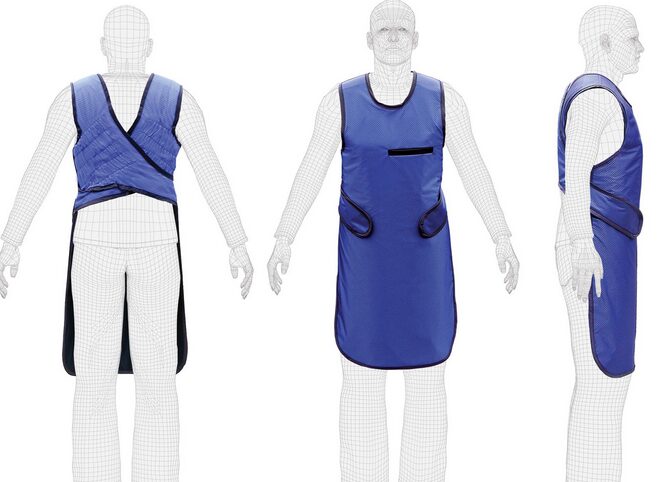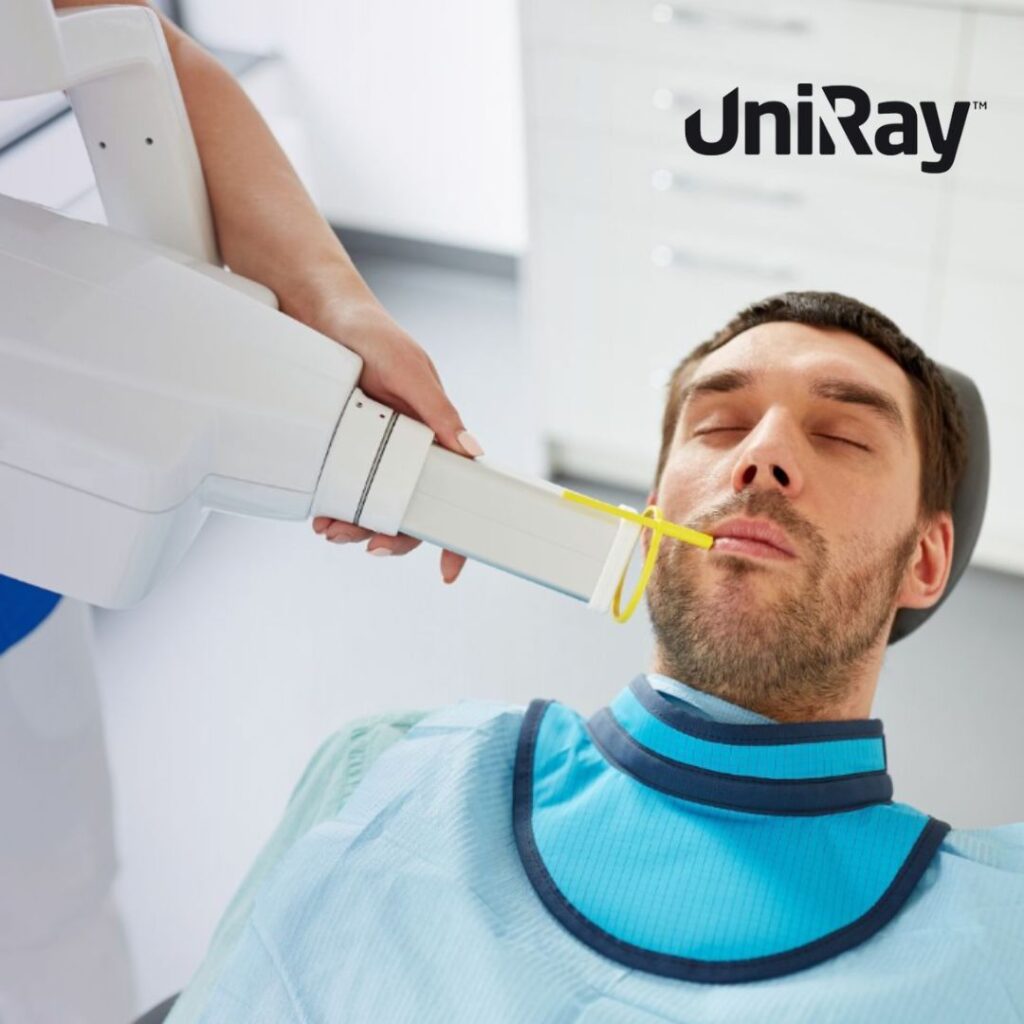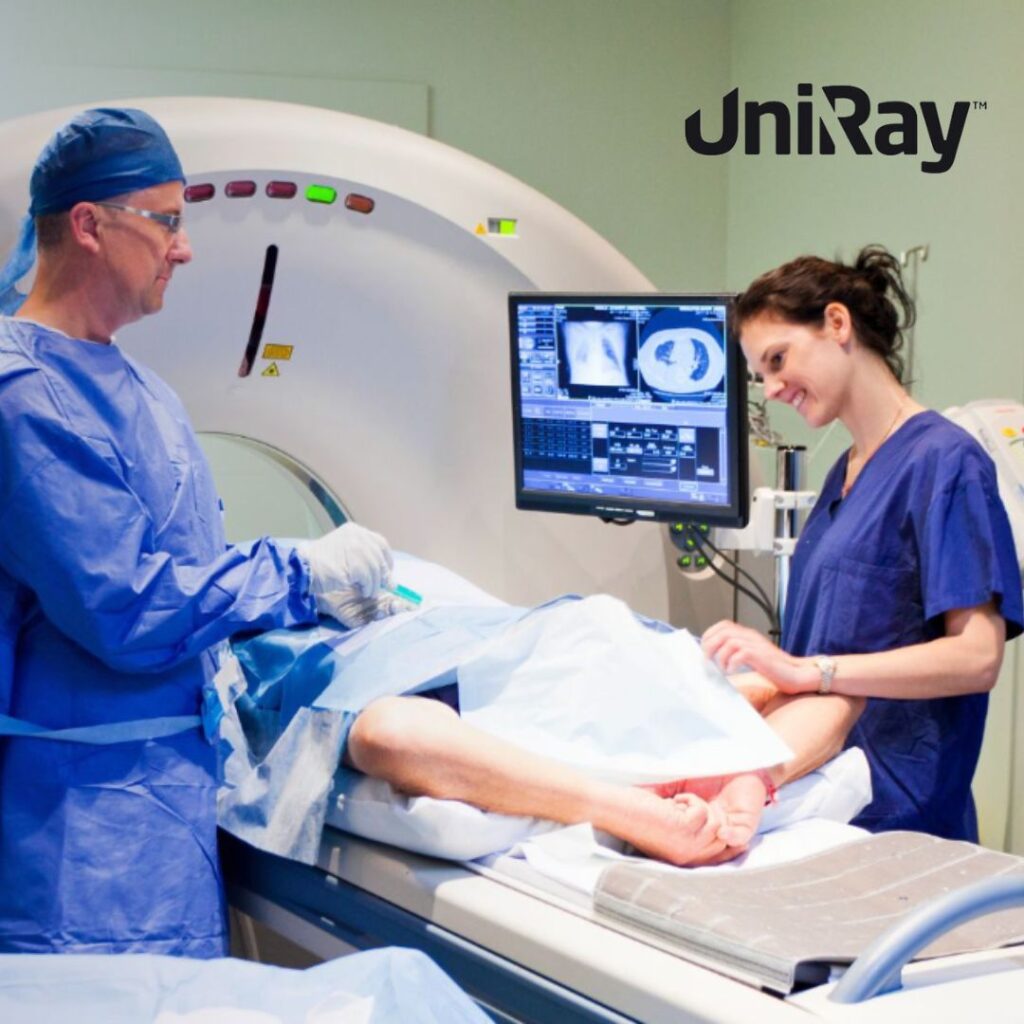Industrial workplaces, especially those utilizing X-ray technology, require stringent safety measures to ensure worker protection and regulatory compliance. Industrial X-ray Equipment plays a critical role in non-destructive testing (NDT), quality control, and material analysis. However, the use of such advanced technology comes with potential radiation exposure risks, making it essential to have the right Radiation Protection Equipment in place. From X-ray Safety Equipment to Radiation Safety Equipment, the right tools and protocols are necessary to create a secure working environment. As industries evolve, the integration of X-ray Protective Equipment has become imperative to minimize risks and maximize operational efficiency. For workers in these high-risk environments, safety measures such as protective barriers, shielding apparel, and monitoring devices play a crucial role in ensuring long-term health and compliance with safety standards. Additionally, specialized radioactive glasses provide essential eye protection against radiation exposure, further enhancing workplace safety.
Understanding Industrial X-Ray Equipment and Its Applications
The Role of Industrial X-Ray Equipment in Various Sectors

Industrial X-ray Equipment is widely used across multiple industries, from aerospace and automotive to manufacturing and construction. These systems help detect structural defects, verify weld integrity, and analyze materials without causing damage. The non-invasive nature of X-ray Safety Equipment makes it indispensable for quality assurance and precision inspections.
Types of Industrial X-Ray Equipment
- Portable X-ray Machines: Used in field inspections where mobility is required.
- Fixed X-ray Systems: Installed in controlled environments for routine testing.
- High-energy X-ray Systems: Designed for deep penetration analysis in thick materials.
Potential Hazards Associated with X-Ray Equipment
While Industrial X-ray Equipment is beneficial, improper handling can expose workers to harmful radiation. Unshielded X-ray exposure may lead to health risks such as skin burns, radiation sickness, and long-term genetic effects. This underscores the importance of implementing comprehensive Radiation Protection Equipment and adopting stringent safety protocols.
Essential Radiation Protection Equipment for Workplace Safety
Personal Protective Gear
Workers handling Industrial X-ray Equipment must wear appropriate Radiation Safety Equipment to minimize exposure. The most critical protective gear includes:
- Lead Apron: Acts as a primary barrier against scattered radiation.
- Thyroid Shield: Protects the thyroid gland from radiation exposure, which is crucial for preventing long-term health complications.
- Lead Gloves: Essential for individuals who need to handle X-ray machinery or materials directly.

Structural Protection Measures
In addition to personal protective gear, workplaces utilizing X-ray Protective Equipment should have designated shielding measures, including:
- Lead-lined walls and barriers: These are designed to contain radiation within a controlled space.
- X-ray room shielding: A combination of lead sheets, concrete, and steel ensures safety in dedicated X-ray zones.
- Radiation warning signs: Clearly marked hazard zones prevent accidental exposure.
Monitoring and Detection Systems
Regular monitoring of radiation levels ensures a safe working environment. X-ray Safety Equipment such as radiation detectors and dosimeters help measure exposure levels and alert workers if limits are exceeded.
Best Practices for Radiation Safety in Industrial Settings
Training and Awareness Programs
Workplace safety begins with educating employees about the risks associated with Industrial X-ray Equipment and the proper use of Radiation Safety Equipment. Training programs should include:
- Radiation hazard awareness.
- Proper usage of protective gear.
- Emergency response procedures in case of radiation exposure incidents.
Regulatory Compliance and Safety Standards

To ensure workplace safety, industries must adhere to radiation safety regulations set by governing bodies such as the Occupational Safety and Health Administration (OSHA) and the International Atomic Energy Agency (IAEA). Compliance includes:
- Routine inspections of X-ray Protective Equipment.
- Maintenance of detailed radiation exposure logs.
- Ensuring safety protocols meet regulatory standards.
Innovations in Radiation Protection Equipment
Advancements in Radiation Protection Equipment have led to the development of lightweight, highly effective shielding materials. Newer designs in Lead Aprons, Thyroid Shields, and Lead Gloves offer improved mobility without compromising safety. Additionally, modern radiation-blocking eyewear and full-body suits provide enhanced protection in high-exposure environments.
Conclusion: Prioritizing Safety with the Right Radiation Protection Solutions
Industrial workplaces utilizing Industrial X-ray Equipment must prioritize safety through the adoption of robust Radiation Safety Equipment and adherence to best practices. Implementing comprehensive protection measures such as X-ray Protective Equipment and advanced shielding solutions helps minimize risks and ensures compliance with safety regulations. By integrating the latest advancements in X-ray Safety Equipment, businesses can safeguard their workforce against radiation hazards and maintain a productive environment. For enhanced dental radiation protection, using a Dental lead apron ensures safety in medical and dental X-ray applications, further reinforcing the importance of specialized protective gear in different industries.



